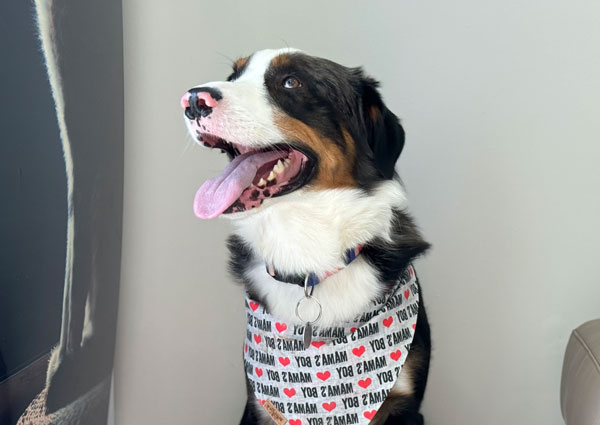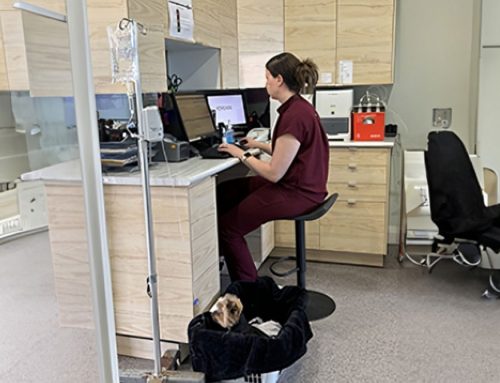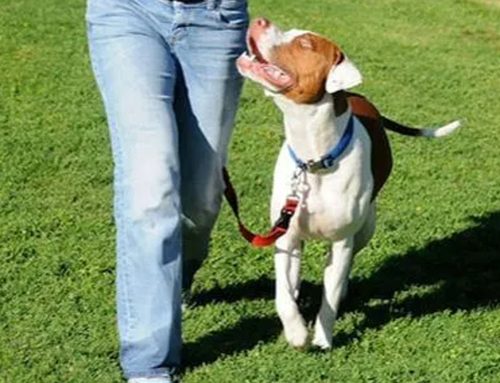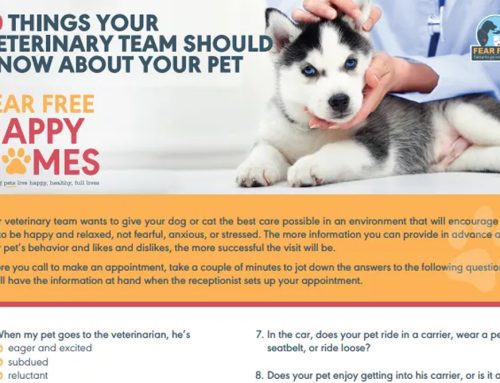DO OUR PETS FEEL PAIN LIKE WE DO?
Pain is the body’s natural protective reflex to decrease or prevent tissue damage. However, pain becomes a problem when it is more intense or prolonged than necessary for protection from injury. The excess pain intensity negatively impacts health and quality of life without providing any biological benefit – meaning without being protective.
Over the years, veterinary medicine has come a long way in our ability to recognize pain in our patients. But why is pain perception in animals not straight forward?

Evolutionarily, animals are programmed to hide pain because pain might indicate a weakness, which could lead to predation by other animals. Our patients can not vocalize discomfort to us. They rely on their owners and veterinary team to detect signs of discomfort, the difficulty is … pain can sometimes be really hard to detect in our pets.
How can you make sure you recognize pain in your pet?
- Look for changes in behaviour. For example, does your pet avoid going up and down the stairs? Is your cat not using the litter box out of “spite” or is it hard for them to access the litter box in their old age (is it in the basement? are the edges of the tray quite high?)?
- Dogs are MUCH less likely to stop eating from discomfort than cats. This means that your dog will very likely keep eating despite having a several infected and broken teeth.
- Compare how you would feel if you were in your pet’s position! If you stubbed your toe, why would you limp? Because it hurts! Look at your pet’s mouth, if your mouth looked like that, would you be uncomfortable?
An important concept to remember is that the pain pathway (transmission, perception modulation) is well preserved across all mammalian species. This means that the components of the pain pathway – the nerves, neurotransmitters, receptors – are similar across mammalian and many other species.
“The inability to communicate in no way negates the possibility that an individual is experiencing pain and is in need of appropriate pain relieving treatment”As veterinarians our role is to use our scientific knowledge and skills for the protection of animal health and welfare and the prevention and relief of animal suffering. If at any point you think your pet might be in discomfort, or if you are unsure if what you are seeing in your pet is pain, contact your veterinarian!
Reference: Analgesic Medications and the Pain Pathway, Fear Free Pets, written by Dr. Tamara Grubb, DVM, PhD, Diplomate ACVAA This course is endorsed by the International Veterinary Academy of Pain Management.










